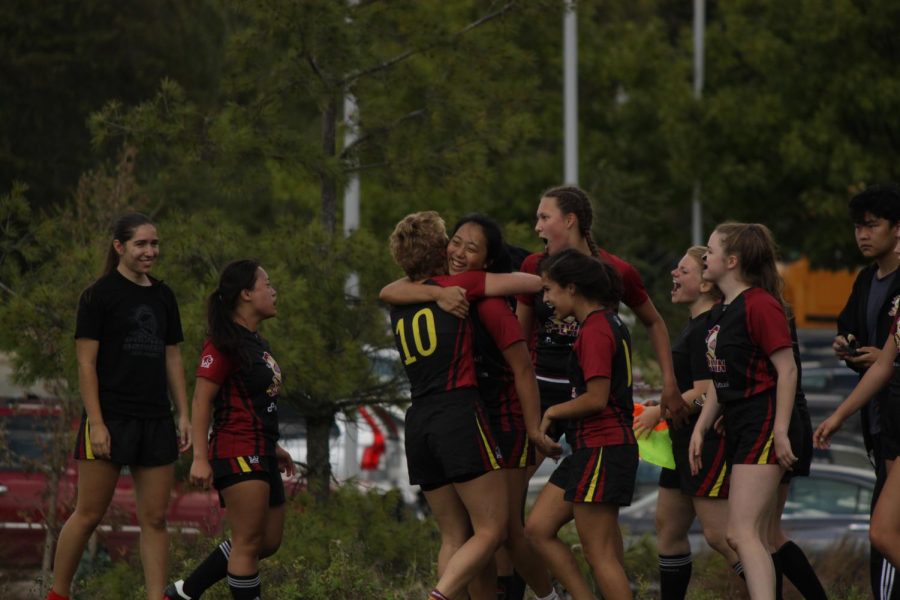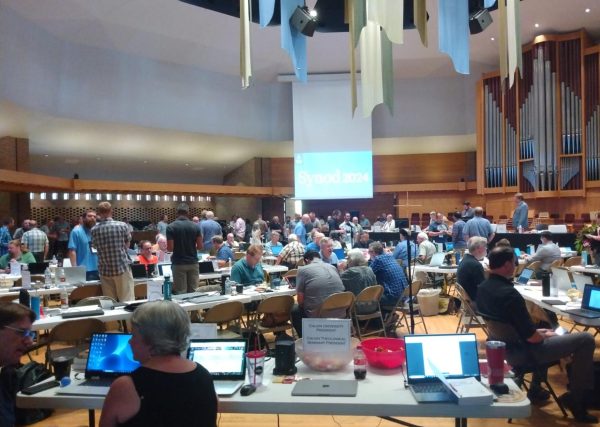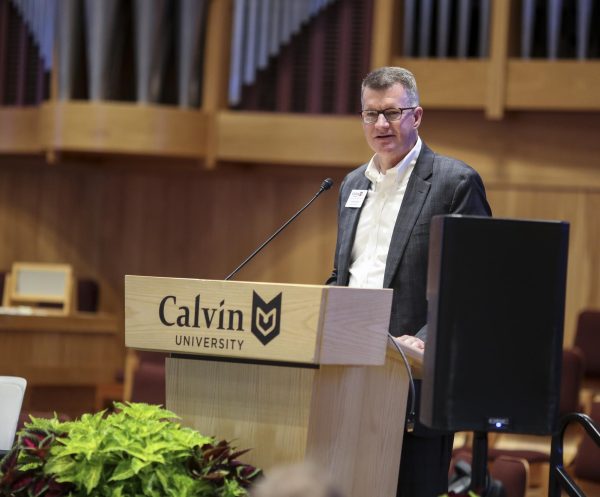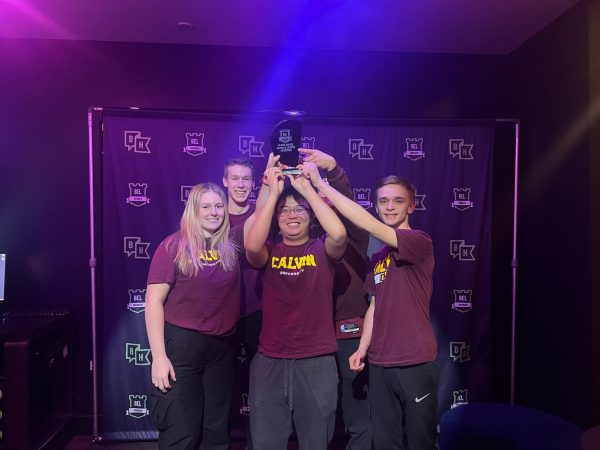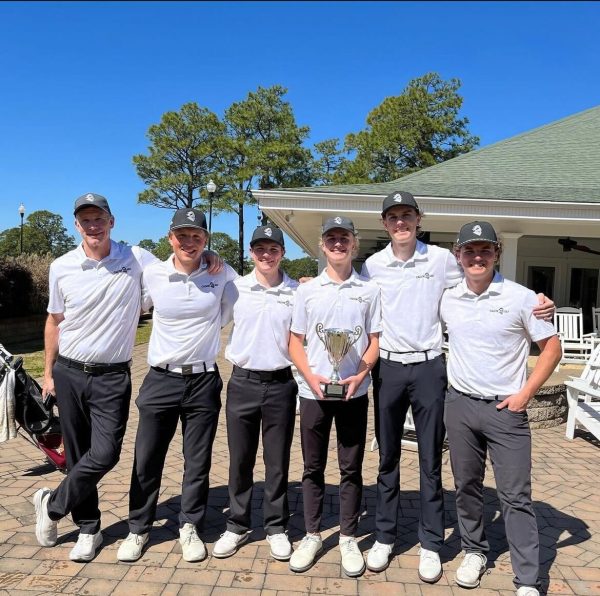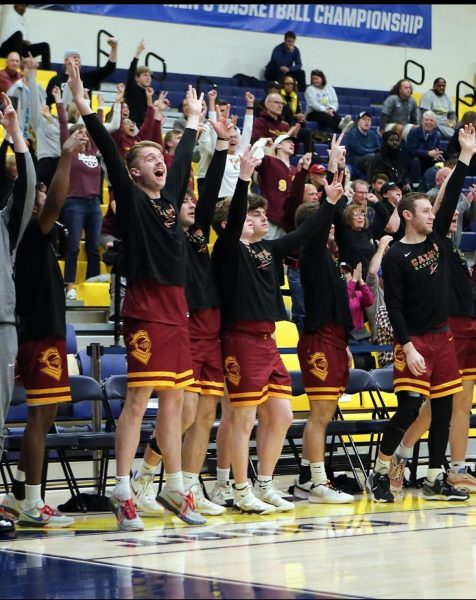Club sports shift to Athletics division to access resources as part of Strategic Plan
According to Britton, “athletics is a better home for [club sports].”
The Strategic Plan for Athletics has facilitated expansion of Calvin Athletics in more ways than one. One of those ways is providing more club sports offerings to students. Calvin currently offers men’s and women’s rugby, men’s soccer, esports, downhill skiing, cheer and ultimate frisbee, with possible additions of women’s volleyball and bowling in the works.
Club sports have historically operated under the Campus Involvement and Leadership (CIL) office, which also oversees student organizations. This year, however, club sports moved into the Athletics division.
Club sports are designed to be an athletic community for those who do not have the desire to commit to a varsity sport. Competing in a club sport allows students to have more competition than an intramural sport but less commitment than a varsity sport. Club sports’ athletes compete against other universities and participate in league tournaments and events.
Part of the Strategic Plan for Athletics was hiring a director for club sports. In November 2022, Calvin Athletics hired Jason Faasse as director of club sports. Faasse will help with club sports logistics like budgeting, creating a schedule and getting practice times.
Club sports will be much more successful [because] they’ll have better support.
— JB Britton
Associate Dean of Campus Involvement and Leadership JB Britton told Chimes that switching club sports from CIL to Athletics was something that should have happened a long time ago. Twenty years ago, club sports was “a hybrid model” between Athletics and the Student Life Division. Ten years later club sports were moved fully under Student Life and managed by students as student organizations. Students were responsible for finding competition, reserving practice space and reimbursing athletes. Now staff in Athletics can support club team captains and pay coaches to coach club sports. “Club sports will be much more successful [because] they’ll have better support, and it will put less stress on their captains and players,” Britton said.
Calvin Athletics is more experienced in handling things like booking travel, reserving equipment and space and preparing insurance and liabilities for athletes, so moving club sports under Athletics made sense.
“Athletics is a better home for [club sports],” said Britton. Athletics Director James Timmer agreed. “[In Athletics] we do this for a living. … We schedule, we feed, we transport — so moving club sports over was a natural fit.” Timmer also believes that this switch will enhance the student-athlete experience for club sports athletes.
Britton told Chimes that adding club sports is a strategic decision in order to increase the longevity of club sports on campus. There will be a vetting process to make sure that there is a demand and interest to keep popular sports running and to introduce new ones.
Timmer told Chimes that with the expansion of club sports there will be different tiers for club sports on campus. The maroon tier is for more established sports like esports and rugby. The gold tier is for sports that are newer — like cheer and bowling. The different levels determine not only the demand but the funding that is applied to club sports programs. Moving up and down the “pyramid” depends on a variety of factors, including local competition, costs to join the league, facility availability and length of the sport’s season.



